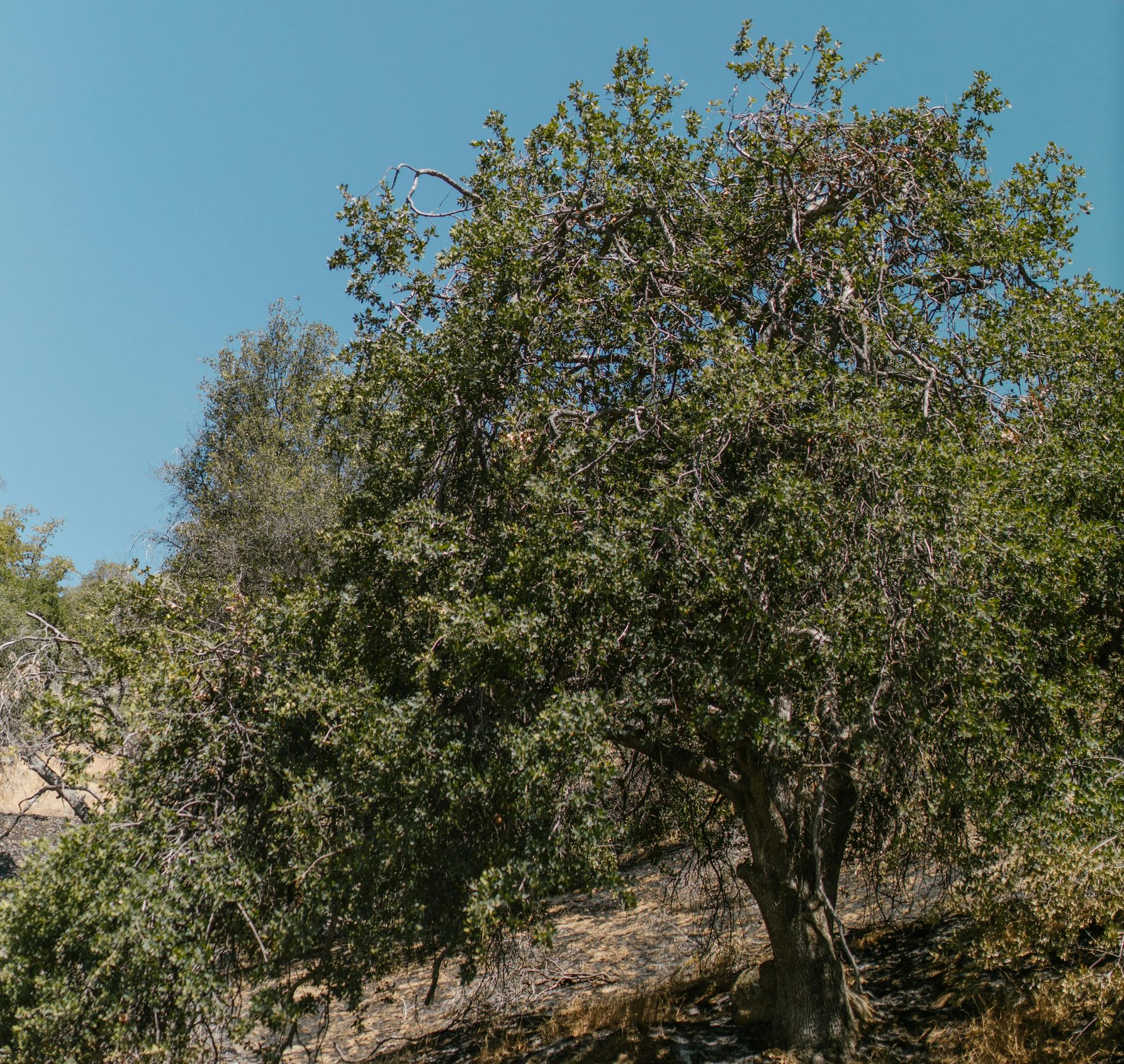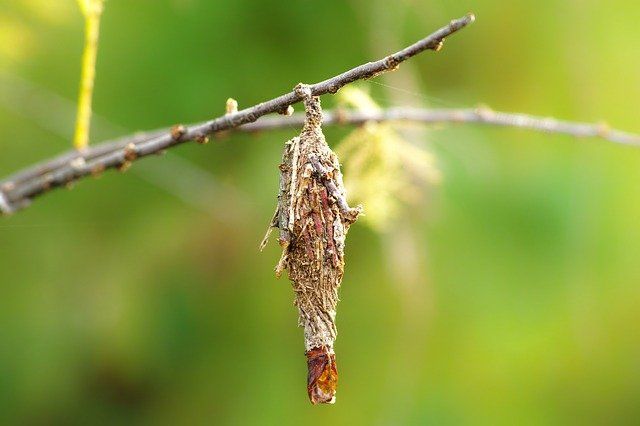Tree Care During Drought: How to Protect Your Landscape

Drought is one of the most unforgiving forces of nature when it comes to the health of your trees. In Georgia, where summer heat often overstays its welcome, long dry spells can silently damage even the most established trees. While lawns may bounce back after a few showers, stressed trees, especially mature or valuable species, may never fully recover. That’s why knowing how to protect your landscape during a drought isn’t just good stewardship, it’s important.
At SAM Tree Service, we’ve spent over two decades helping homeowners and property managers safeguard their trees in Georgia’s harshest seasons. Here’s what you need to know, and what you can do, when the rain stops falling but your trees still need support.
Why Drought Is So Dangerous for Trees
Trees may look sturdy and self-sufficient, but they rely on regular moisture in the soil to absorb nutrients, maintain foliage, and sustain growth. During a drought:
- Soil dries out, cutting off access to important nutrients.
- Roots shrink or die off, reducing stability and long-term viability.
- Foliage wilts or drops, which is the tree’s attempt to reduce water loss, but at a cost.
- Weakened trees become vulnerable to pests and diseases.
What’s most concerning is that tree damage from drought often doesn’t show until months, or even a year, after the fact. That’s why proactive care is critical.
Signs Your Trees Are Struggling in a Drought
Some signs of drought stress are subtle; others scream for help. Watch for:
- Browning or scorched leaf edges
- Early leaf drop or yellowing
- Cracks in the bark or soil pulling away from the trunk
- Sparse canopy or thinning foliage
- Dead or brittle branches
If you notice any of these, it’s time to take action immediately.
How to Protect Your Trees During a Drought
1. Prioritize Watering Wisely
Deep watering is your tree’s best friend during a drought. Unlike turf or flowers, trees need infrequent but slow and deep watering to reach the roots. A slow drip or soaker hose around the root zone (not directly at the trunk) allows moisture to penetrate where it's needed most.
- Water early in the morning or late in the evening
- Water young trees (under 5 years) weekly
- Mature trees every 2–3 weeks, depending on severity
Pro tip: Don’t overdo it, soggy roots can lead to rot.
2. Mulch to Lock in Moisture
A 2–4 inch layer of mulch around the base of your tree helps prevent water loss, keeps roots cool, and enriches the soil. Just be sure to leave a mulch-free “donut hole” around the trunk to avoid trapping moisture against the bark.
3. Avoid Stressful Tree Activities
During a drought, your tree is in survival mode. Skip pruning, fertilizing, or transplanting unless it’s necessary. These tasks can wait until the cooler, wetter months.
4. Inspect for Pests and Disease
Weakened trees are magnets for insects like borers and diseases such as fungal rot. If you spot signs, small holes in the bark, oozing sap, or unusual leaf spots, it’s time to call a certified arborist.
5. Consider Soil Testing
Georgia soils can vary widely from one yard to the next. At SAM Tree Service, we offer soil testing to evaluate nutrient levels and pH balance, both of which can impact your tree’s resilience in dry conditions.
The Role of a Certified Arborist
While some drought solutions are DIY-friendly, the reality is that most homeowners can’t spot early root stress or internal decay. That’s where a certified master arborist comes in. At SAM Tree Service, our team doesn’t just remove branches, we assess, preserve, and protect trees holistically. Whether it’s a mature oak struggling in your backyard or a row of decorative trees along your driveway, we can help you plan for drought before it causes irreversible damage.
Drought Resilience Starts Now
Droughts might be part of Georgia life, but tree loss doesn't have to be. By taking a few proactive steps and watching for early signs of stress, you can keep your landscape healthy, strong, and green, even when the rain won’t cooperate. If you’re unsure about your tree’s health or just want expert peace of mind, reach out to SAM Tree Service for a consultation. We’re here to help your trees thrive, no matter what the forecast says.
Can I prune my trees during a drought?
It’s best to avoid pruning during a drought unless there's dead or dangerous wood. Pruning puts additional stress on already struggling trees.
How do I know if a drought-damaged tree can be saved?
If a tree still shows flexible branches and some healthy leaves, it may recover with proper care. A certified arborist can evaluate it for safety and viability.

Tim Costley
Tim Costley is the President of Superior Arbor Management, Inc. He has achieved the ISA Arborist Certification to provide the best possible tree care for S.A.M.’s customers.
*ISA Certified Arborist #SO-1925A
*ISA Tree Risk Assessment Qualification (TRAQ)
*ASCA (American Society of Consulting Arborist) Member



